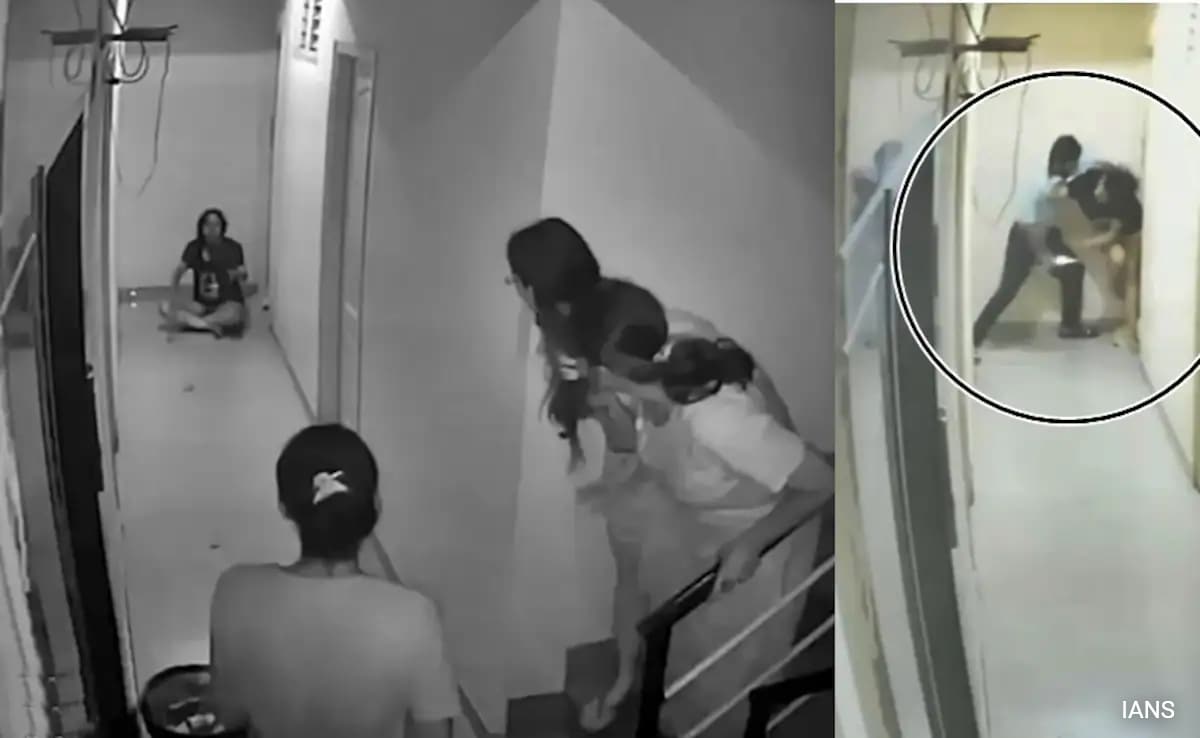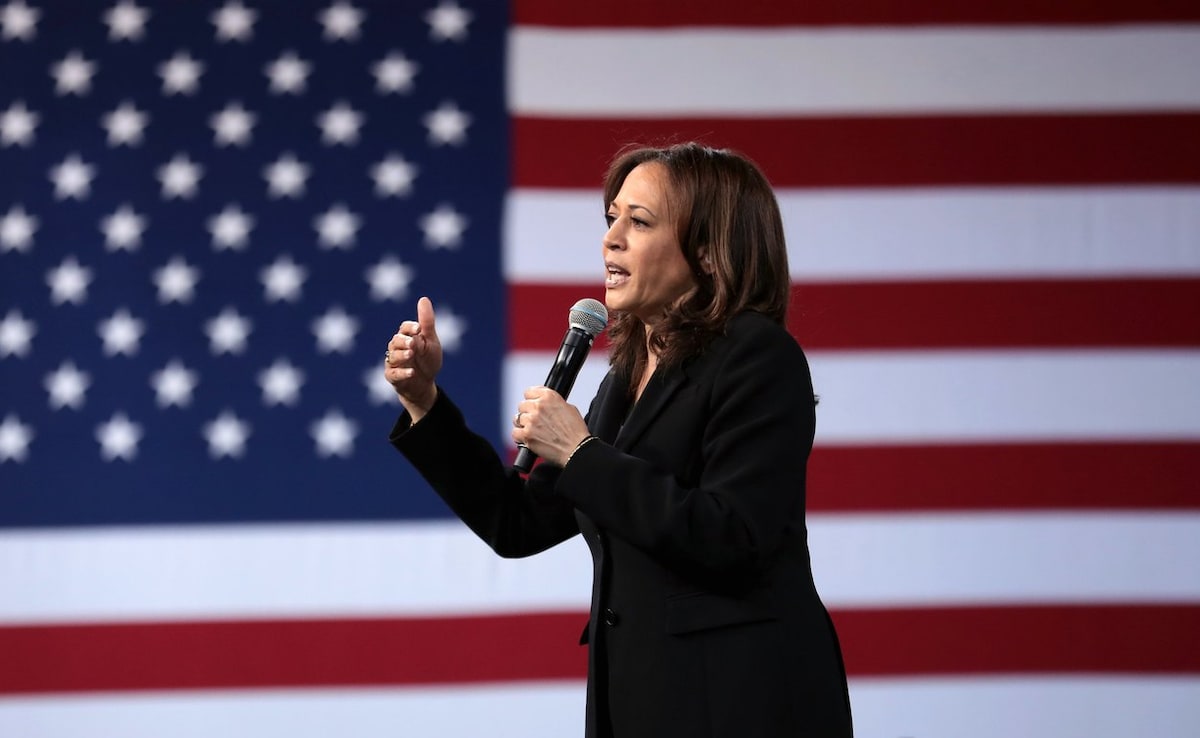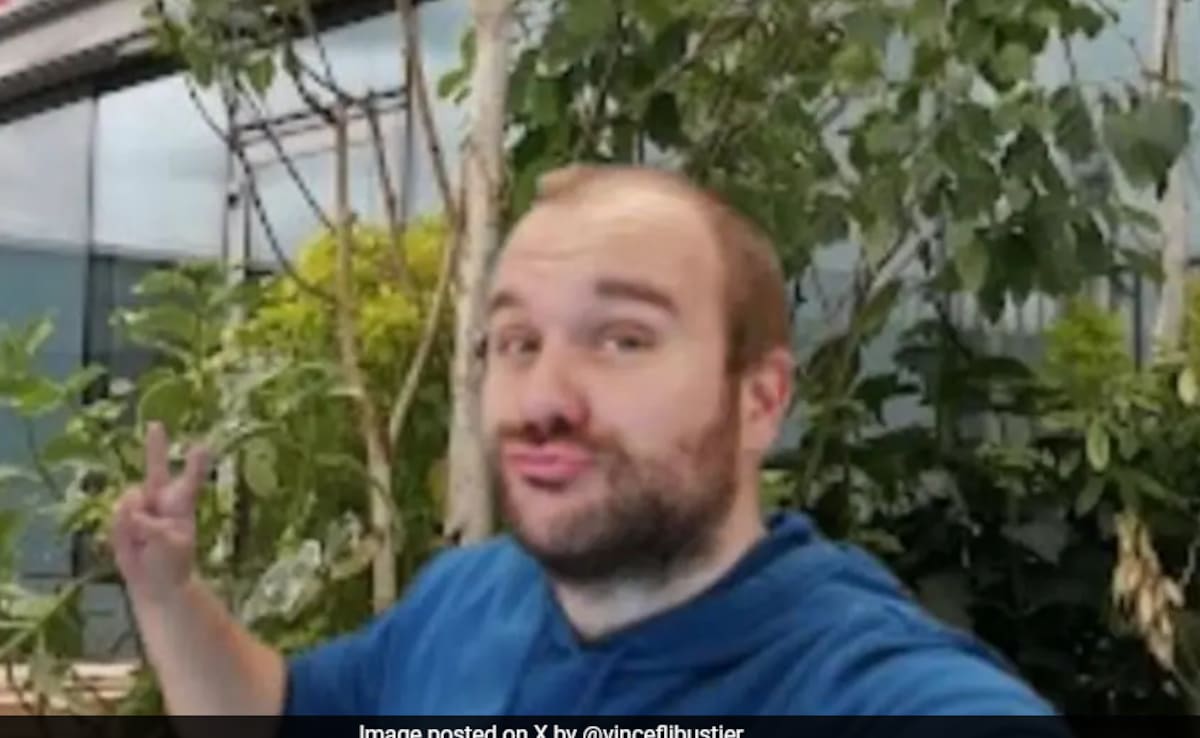Consider a hypothetical situation. You come across two injured and parched people. One is more severely injured than the other. You have a small bottle of water that will only suffice for one. Who will you give this water to?
Unlike physical injuries such as bruises, lacerations and burns, injuries caused by discrimination may not be visible to the naked eye. It is hard to figure out who is injured, and in what ways. Among other things, empirical exercises such as censuses are helpful in viewing the aggregate effects of discrimination. The census of 2021 remains suspended, and the need for a caste census is selectively realised in the state of Bihar. Yet, statistical information is not the sole basis for state action. The executive, the legislature and the judiciary are frequently called upon to make decisions on matters of reservation and other forms of affirmative action.
Reservations Are Not ‘Exceptions’
Judges have long delved into the doctrinal justifications for caste-based reservations since early days of the Supreme Court’s decision in the State of Madras v. Champakam Dorairajan (1951). These justifications have invoked constitutional ideas of a welfare state, equality, non-discrimination, equal opportunity, and adequate representation. Non-discrimination has been often invoked in opposition to reservations. In a paradox of sorts, this opposition views all caste-based reservations as fundamentally discriminatory. At the very best, begrudgingly or graciously, as a charitable concession perhaps, this opposition accepts reservations as an “exception” to the principle of equality.
On the other hand, it has taken an exceptionally large bench of nine Supreme Court judges in Indra Sawhney & Others v. Union of India (1992), to clarify that reservations are not exceptions but provisions of equality. The doctrinal understanding of affirmative action in the US has taken similarly dialectical positions. The more avid supporters of affirmative action characterise it as a remedy against discrimination; other supporters characterise it as an exception to the anti-discrimination doctrine, while the opposition characterise affirmative action as an unjustifiable “preferential treatment”.
An impugned legislation currently pending adjudication appears to have lapsed into the framework of preference. Section 4(5) of the Punjab Scheduled Castes and Backward Classes (Reservation in Services) Act, 2006 provides “a first preference” to Balmikis and Mazhabi Sikhs in 50% of the quota reserved for Scheduled Castes (SC). A five-judge constitution bench in E.V. Chinnaiah v State of Andhra Pradesh (2004) had disallowed such subclassification because it was considered manipulation of the originally notified list of the SC. Now, the fate of the impugned provision hangs in the hands of a larger seven-judge constitutional bench.
The ‘Creamy Layer’ Debate
The word ‘preference’ has invoked corresponding ideas of preferential treatment that are inimical to the doctrinal foundations of reservations. It invokes the same dialectical positions previously raised between the reserved categories of the SC and the unreserved General categories. Only now must the so-called preferential treatment be justified within the SC categories, setting intense intra-group rivalries among the SC. Troubling questions over who is more discriminated against, more dehumanised, subordinated, marginalised, disadvantaged, oppressed, silenced, erased, and victimised?
It opens the Pandora’s box of “creamy layer”, a juridical invention of Indra Sawhney (1992) that sought to distinguish a relatively better-off segment among the Backward Classes (BC) from the actual backward classes-leading to wide intra-group resentment and contestations. Similarly divisive sentiments are now being raised among anti-caste Dalit groups. Some SC groups invoke their experiences of caste-based “untouchability” as a distinguishing factor from the BC, thereby rendering the idea of a creamy layer inapplicable to the SC.
On the other hand, Justice Gavai has pointed to internal hierarchies and historical practices of “untouchability” among the SC groups. He reportedly said, “Were they (scavengers) not untouchables amongst the untouchables?” This slippery slope will raise more questions about the caste-specificity in the Scheduled Castes and the Scheduled Tribes (Prevention of Atrocities) Act, 1989, such that the SC persons cannot be perpetrators of offences (under Section 3 thereof) against other SC persons.
On Substantive Equality
This conundrum is, inadvertently and partly, an offshoot of the preferential treatment discourse. In the first instance, it could have been avoided by substituting the word ‘preference’ with priority in the Punjab Act. It would only be a minor discursive strategy, a sidestepping of sorts. It would not make a substantial difference.
As Chief Justice D.Y. Chandrachud has obliquely hinted, the existing jurisprudence on substantive equality in India is robust enough to uphold the constitutionality of sub-classification of SC groups.
In conclusion, to answer the hypothetical question at the start of this opinion, if I were a functionary of the state, I would give respite to the one who is more severely injured. I would do this as a reasoned prioritising (of scarce resources), not as a whimsical preference of one subordinate group over another.
(Prof. Dr. Sumit Baudh (they/ he) teaches constitutional law. Views in this opinion are informed by their comparative understanding of Critical Race Theory. He can be reached on X @BaudhSumit)
Disclaimer: These are the personal opinions of the author.














